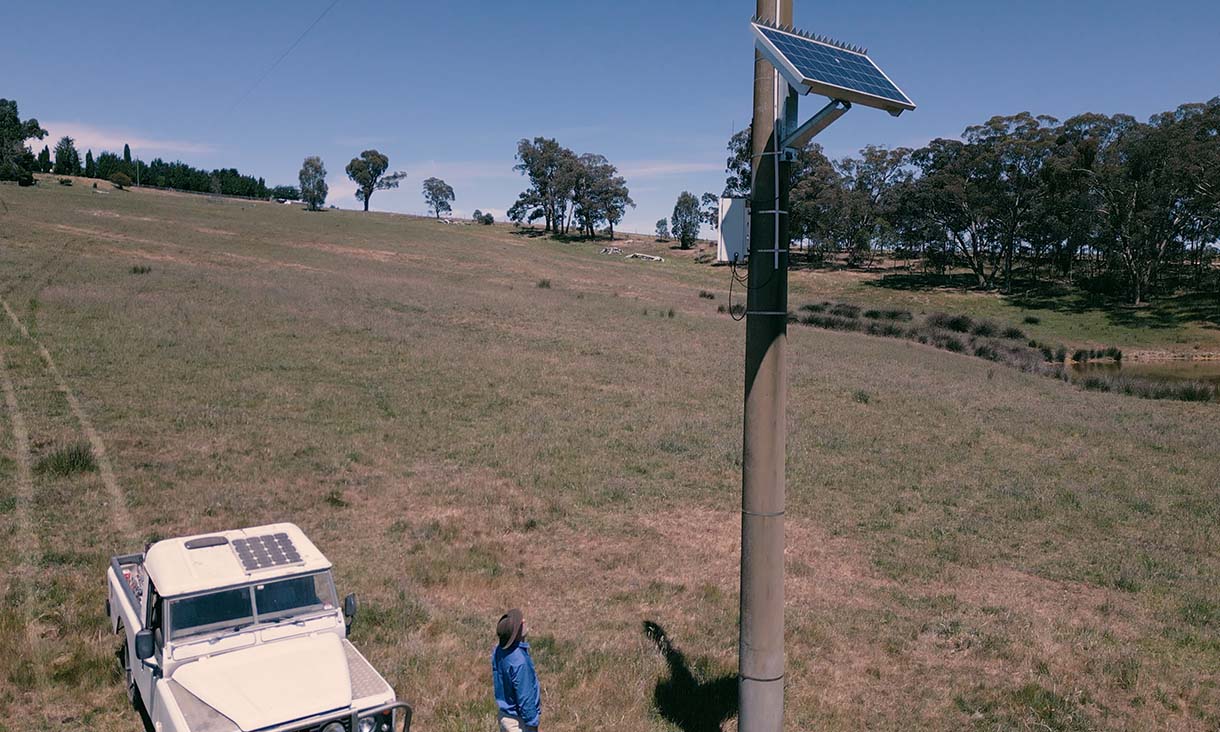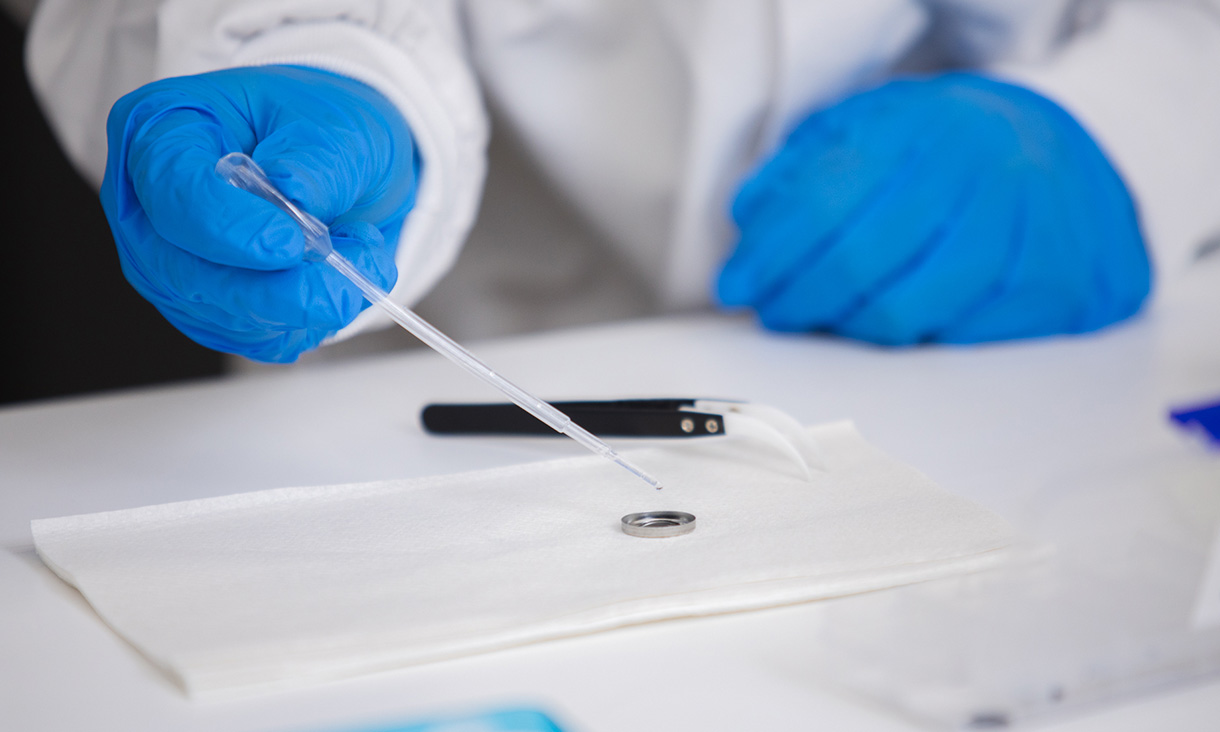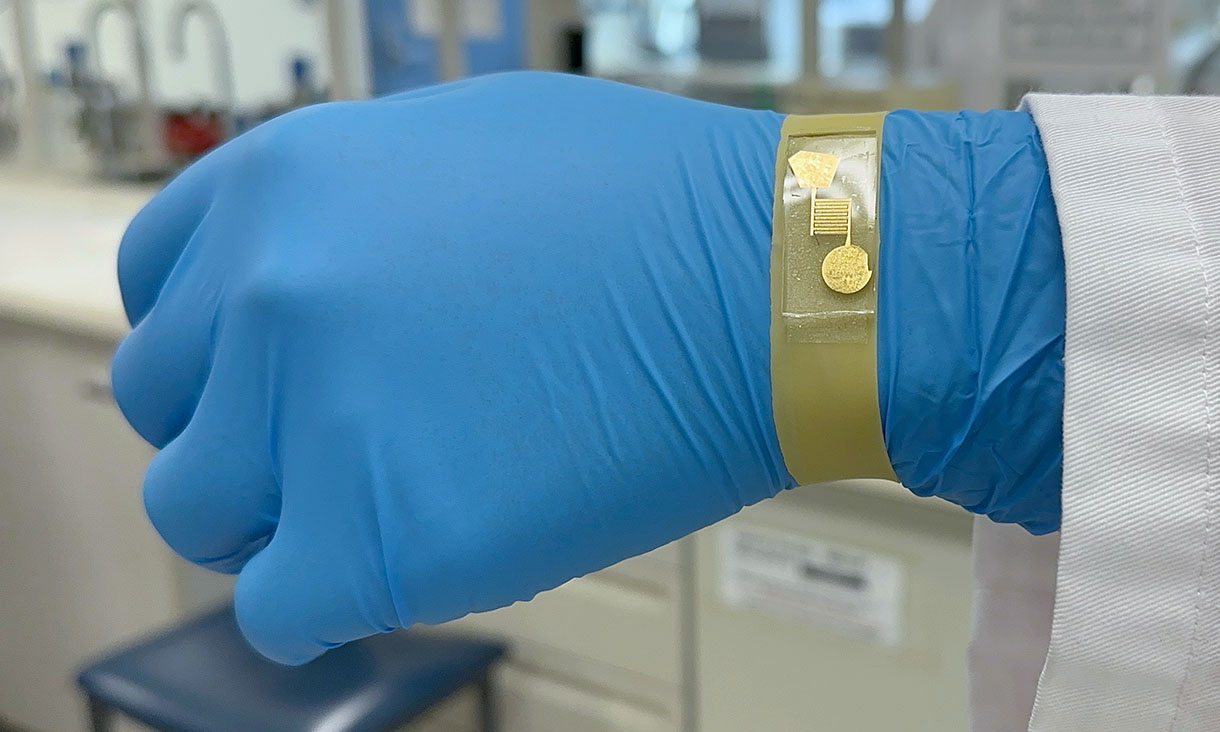Aussie invention predicts power line faults that can cause bushfires
An early fault detection (EFD) system designed at RMIT University is helping to prevent bushfires and blackouts in North America, Europe and Australia.
New water batteries stay cool under pressure
A global team of researchers and industry collaborators led by RMIT University has invented recyclable ‘water batteries’ that won’t catch fire or explode.
First-in-Victoria spinning simulator to turn heads
RMIT University unveils a new 360-degree rotating VR motion simulator to turbocharge education, training and research.
Nose-like sensor sniffs out toxic ammonia gas
Engineers in Australia have developed a small ammonia gas sensor that could enable safer hydrogen storage and specialised medical diagnostic devices.








